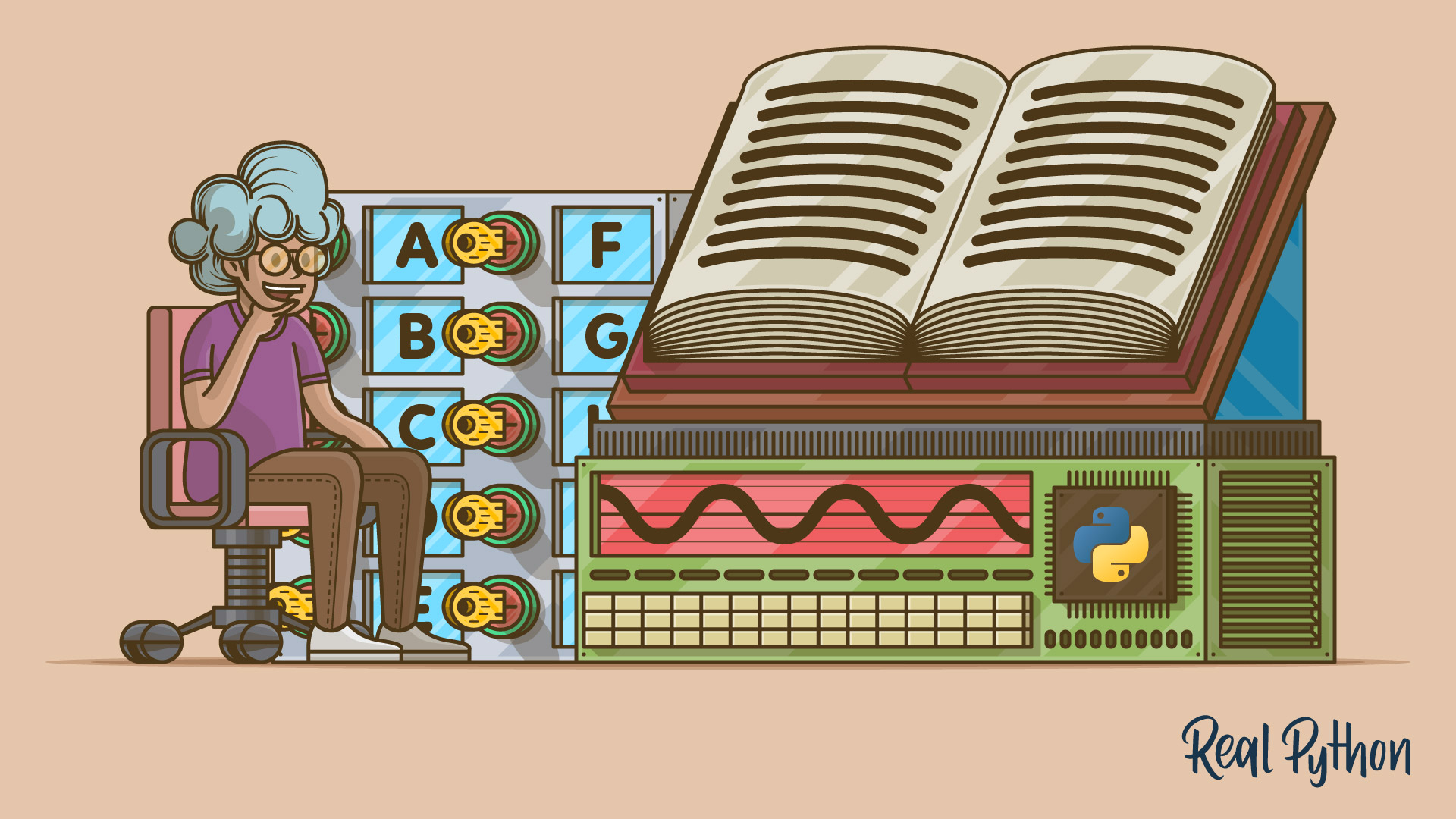dictionary view
In Python, a dictionary view is an object that provides a dynamic view of dictionary keys, values, or items. These views allow you to access the contents of a dictionary without creating a new list, thereby reflecting any changes made to the dictionary in real-time.
The three types of dictionary views result from calling the .keys(), .values(), and .items() methods respectively. These views are iterable and support common set operations like union and intersection, making them versatile tools when working with dictionaries.
Dictionary views are particularly useful when you need to iterate over dictionary keys, values, or items efficiently. They also offer a snapshot of the dictionary’s state, which updates automatically if the dictionary changes over time.
Example
Here’s a quick example of how dictionary views work:
>>> grades = {"Alice": 85, "Bob": 92, "Charlie": 78}
>>> # Dictionary views
>>> grades.keys()
dict_keys(['Alice', 'Bob', 'Charlie'])
>>> grades.values()
dict_values([85, 92, 78])
>>> grades.items()
dict_items([('Alice', 85), ('Bob', 92), ('Charlie', 78)])
>>> for key, value in grades.items():
... print(key, value)
...
Alice 85
Bob 92
Charlie 78
By calling the .keys(), .values(), and .items() methods, you create different views. Note that views are especially useful in iteration.
Related Resources
Tutorial
Dictionaries in Python
In this tutorial, you'll learn how to work with Python dictionaries to help you process data more efficiently. You'll learn how to create dictionaries, access their keys and values, update dictionaries, and more.
For additional information on related topics, take a look at the following resources:
- How to Iterate Through a Dictionary in Python (Tutorial)
- Sorting a Python Dictionary: Values, Keys, and More (Tutorial)
- Python for Loops: The Pythonic Way (Tutorial)
- Sets in Python (Tutorial)
- Using Dictionaries in Python (Course)
- Python Dictionaries (Quiz)
- Dictionaries in Python (Quiz)
- Python Dictionary Iteration: Advanced Tips & Tricks (Course)
- Python Dictionary Iteration (Quiz)
- Sorting Dictionaries in Python: Keys, Values, and More (Course)
- For Loops in Python (Definite Iteration) (Course)
- Python for Loops: The Pythonic Way (Quiz)
- Using Sets in Python (Course)
- Python Sets (Quiz)
By Leodanis Pozo Ramos • Updated May 12, 2025
